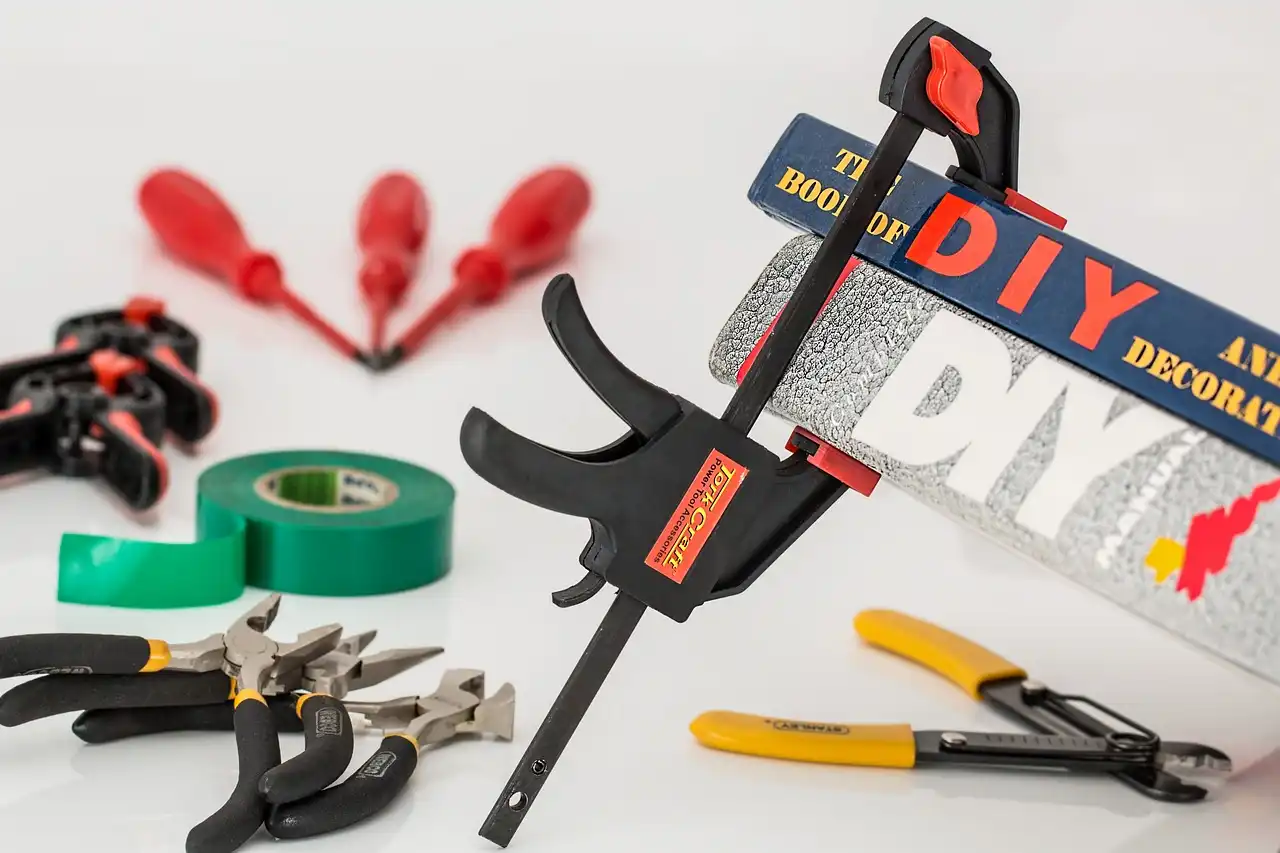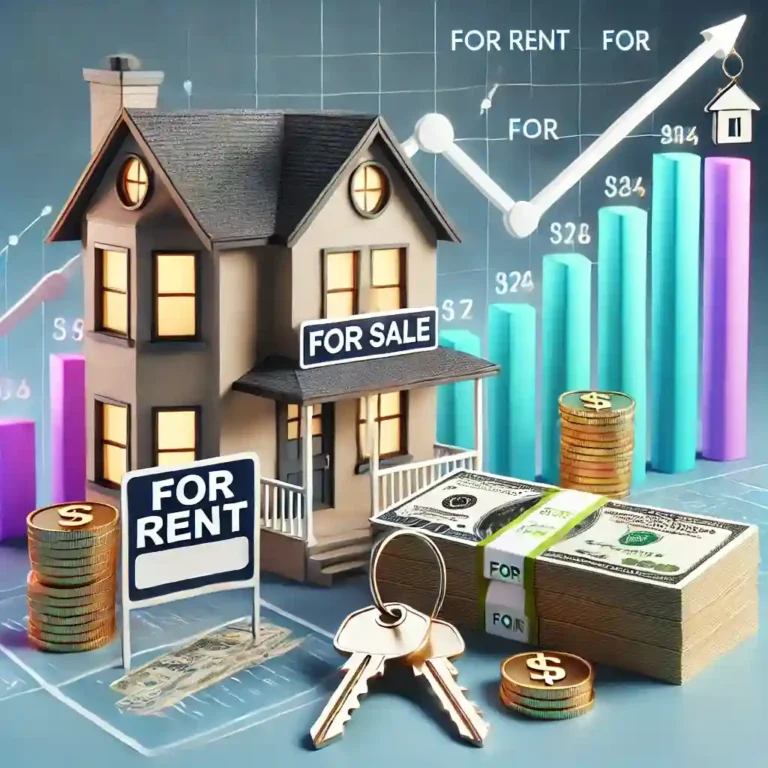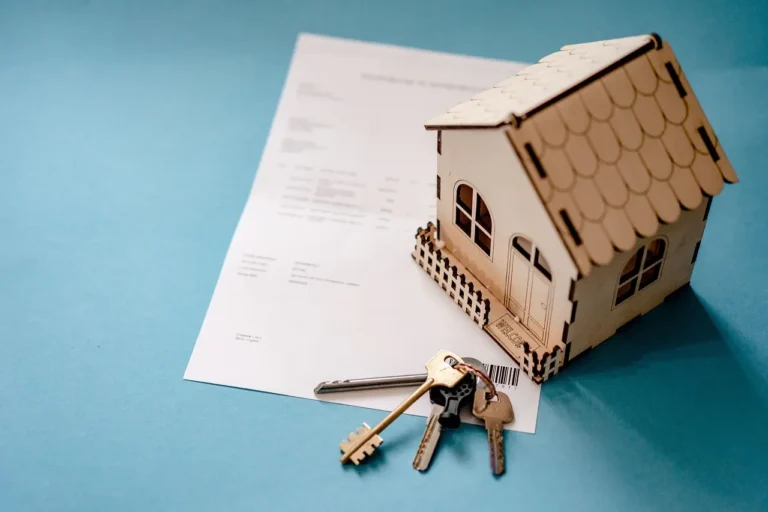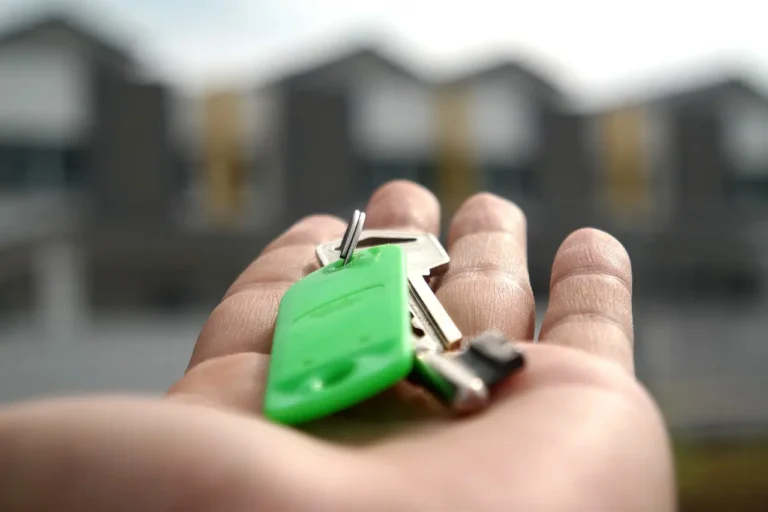Mastering Home Improvement and Maintenance: Your Ultimate Expert Guide to a Better Living Space in 2025
As a homeowner, you know how key home improvement and maintenance are. They keep your home in top shape. With the right steps, you can make your home look great, work well, and be safe. This is all possible with DIY projects and smart renovation tips.
Table of Contents
Your Ultimate Guide to a Better Living Space
As a homeowner, you know how key home improvement and maintenance are. They keep your home in top shape. With the right steps, you can make your home look great, work well, and be safe. This is all possible with DIY projects and smart renovation tips.
Putting time and effort into your home can boost its value. It also makes it fit your style and needs. This guide will give you the best advice for improving and maintaining your home. It covers all you need to know about home renovation.
Introduction to Home Improvement
Home improvement and maintenance cover a wide range of tasks. From small fixes to big changes, keeping up with them is important. It helps avoid expensive fixes, saves energy, and makes your home a healthier place. With the right tips and techniques, you can achieve your goals and enjoy a better home.
Key Takeaways
- Regular home improvement and maintenance are essential for a comfortable and safe living space
- Diy home improvement projects can be a cost-effective way to renovate your home
- Home renovation tips can help you increase your property’s value and create a space that suits your needs
- Home improvement and maintenance involve various tasks, from minor repairs to major renovations
- Staying on top of home improvement and maintenance can prevent costly repairs and reduce energy consumption
- Investing in home improvement and maintenance can create a healthy and safe living environment
Understanding the Basics of Home Improvement and Maintenance
As a homeowner, knowing the basics of household repairs and property maintenance is key. This knowledge lets you handle home improvement projects with confidence. Regular checks and repairs can also prevent expensive problems later on.
Key areas of home maintenance include plumbing, electrical systems, and HVAC. Learning about these systems helps you spot and fix problems early. Having the right tools, like a toolkit and ladder, makes maintenance easier.
Key Components of Your Home’s Infrastructure
Knowing your home’s infrastructure is crucial for good maintenance. This means understanding your electrical panel, shut-off valves, and HVAC system. Learning about these parts helps you spot issues and make smart home improvement choices.
Essential Tools for Home Maintenance
Every homeowner needs a good toolkit. Must-haves include a hammer, screwdriver, pliers, and wrench. These tools help with small repairs, saving you time and money. Keeping your tools in good shape is also important.
| Tool | Description |
|---|---|
| Hammer | Used for driving nails and fitting parts together |
| Screwdriver | Used for driving screws and other fasteners |
| Pliers | Used for gripping and bending objects |
| Wrench | Used for tightening and loosening bolts and nuts |
Creating Your Maintenance Calendar
Keeping up with home maintenance is vital to avoid expensive repairs. A maintenance calendar helps you stay organized. It ensures you don’t forget important tasks like changing air filters or inspecting gutters.
By focusing on maintenance and tackling home improvement projects, you’ll enjoy a safe and beautiful home. This approach keeps your living space comfortable for years.
Assessing Your Property’s Current Condition
Starting your home improvement and maintenance journey is exciting. First, you need to check how your property is doing. This step helps you find what needs fixing. It keeps your home safe, working well, and looking good.
Look at your roof, gutters, and sidewalks for damage. Check for cracked tiles, rusty gutters, or uneven sidewalks.
Breaking down the assessment into smaller tasks makes it easier. Start by making a list of what to check. This includes:
- Roof condition and integrity
- Gutter and downspout functionality
- Sidewalk and driveway condition
- Paint and trim condition
By focusing on home improvement and maintenance, you can fix problems early. This saves money and makes your home better to live in. Don’t forget to check both inside and outside your home. A good exterior can make your home look better and even increase its value.
| Area of Inspection | Potential Issues | Recommended Action |
|---|---|---|
| Roof | Leaks, damaged tiles | Inspect and repair or replace as needed |
| Gutters and Downspouts | Clogs, rust | Clean and maintain regularly |
| Sidewalks and Driveways | Cracks, unevenness | Seal or repair as needed |
By following this structured approach, you’re on the right path. You’ll have a detailed plan for your home’s needs. This plan will help keep your home safe, comfortable, and beautiful for years.

Interior Design Transformations on Any Budget
Renovating your home doesn’t have to be expensive. With some creative ideas and affordable changes, you can make your space beautiful and functional. Whether it’s one room or your whole home, there are many tips to help you start.
First, think about the look you want for your home. Choose colors and materials that fit your space. For small rooms, use light colors and simple patterns to make it look bigger. In larger rooms, bold colors and textures can add depth and interest.
Room-by-Room Renovation Strategies
Renovating one room at a time is a smart approach. It helps create a unified look and makes the process easier. Here are some strategies for each room:
- Focus on rooms that need the most work, like the kitchen or bathroom.
- Think about how furniture and decor can improve the flow and feel of each room.
- Be bold and try new things. Your home should reflect your personality and style.
Space-Saving Solutions and Organization
Choosing the right colors and materials is just the start. There are many ways to save space and stay organized. Use storage ottomans or baskets to keep clutter away. Install shelves and hooks to make the most of your walls. These solutions help create a tidy and efficient space for both relaxation and entertaining.
| Room | Space-Saving Solution | Organization Idea |
|---|---|---|
| Kitchen | Install a pot rack or utensil organizer | Use a spice rack or drawer divider |
| Living Room | Use a storage ottoman or coffee table with storage | Install shelves or a media console |
| Bedroom | Invest in a bed with built-in storage or a storage headboard | Use a dresser or closet organizer system |
By using these ideas and tips, you can create a home that’s both beautiful and practical. Remember to enjoy the process and be creative. Your home should truly reflect your unique style and personality!
Essential Exterior Home Improvements
As a homeowner, you know how vital it is to keep your property’s exterior in top shape. Improving your home’s exterior is key to protecting it from the weather, saving on maintenance, and boosting its look. Regular upkeep helps spot problems early, avoiding bigger issues later.
Focus on roof maintenance, gutter cleaning, and landscaping for your home’s exterior. These steps keep your property looking great. Here’s how to start:
- Check your roof often for any damage or missing shingles
- Clear your gutters twice a year to avoid clogs and water damage
- Keep your landscaping tidy to stop overgrowth and pests
By following these tips and focusing on exterior improvements, you safeguard your home and boost its value. Remember, regular upkeep is key for your home’s safety, appeal, and value.
Exterior home improvements are an investment in your home’s future. With the right approach, you’ll enjoy a beautiful and useful outdoor space for years.
Smart Home Updates for Modern Living
When you start your home improvement projects, think about adding smart home updates. These updates can make your home more convenient, save energy, and boost security. They turn your home into a modern, comfortable space. Begin by checking your current systems and finding areas to improve.
Popular smart home updates include energy-saving changes like smart thermostats and LED bulbs. Home automation systems let you control your home’s temperature, lighting, and security from afar. Also, adding smart door locks or security cameras can protect your home and family better.
Energy-Efficient Upgrades
Energy-efficient upgrades help cut down on energy use and lower bills. Some upgrades include:
- Installing solar panels to make renewable energy
- Switching to energy-saving appliances like refrigerators and washing machines
- Sealing air leaks and adding insulation to keep heat in
Home Automation Systems
Home automation systems make life easier by letting you control your home from anywhere. Some popular systems include:
- Smart speakers like Amazon Alexa or Google Home
- Smart lighting systems controlled by a mobile app
- Smart security systems that alert you to threats
| Smart Home Update | Benefits |
|---|---|
| Energy-Efficient Upgrades | Less energy use, lower bills |
| Home Automation Systems | More convenience, better security |
| Security Improvements | More security, peace of mind |
By adding these smart home updates to your projects, you’ll make your home modern, comfortable, and secure. It will meet your needs and exceed your expectations.
DIY Projects vs. Professional Services
When it comes to improving your home, you can choose to do it yourself or hire a professional. Each option has its own pros and cons. The best choice for you depends on your skills, budget, and the project’s complexity. For simple tasks like fixing a leaky faucet or patching a hole, DIY can save you money and be fulfilling.
But for bigger projects, like remodeling a kitchen or bathroom, it’s wise to hire a pro. Professionals can do high-quality work and ensure the job is done safely and quickly. To find reliable professionals, ask friends or family for recommendations or search online for contractors in your area.
Here are some tips to help you decide between DIY and hiring a professional:
- Assess your skills and experience: Be honest about your ability to complete a project successfully.
- Consider the cost: Calculate the cost of materials and tools for a DIY project, and compare it to the cost of hiring professional services.
- Think about safety: If a project involves hazardous materials or complex electrical work, it’s best to hire a professional.
By considering the pros and cons of DIY and professional services, you can make a choice that fits your needs and budget. Always follow safety guidelines, whether you’re doing the project yourself or hiring someone.
| Project Type | DIY | Professional Services |
|---|---|---|
| Simple household repairs | Cost-effective, rewarding | Not necessary, unless complex |
| Complex home renovation | Not recommended, unless experienced | High-quality work, efficient, safe |
Budgeting and Financial Planning for Home Projects
When it comes to affordable home renovations, budgeting is key. You must think about the costs of materials, labor, and other expenses. This ensures your home improvement projects fit your budget. A good budget helps you focus your spending and get the most value.
To start, list what you need and want for your property maintenance. Then, find out how much each project will cost. Here are some tips to save money:
- Shop around for materials and supplies to find the best prices
- Consider DIY projects to reduce labor costs
- Look for energy-efficient solutions to save on utility bills
By using these tips and making a detailed budget, you can finish your home improvement projects on time and on budget. Don’t forget to think about the long-term gains, like higher property value and energy savings.
| Project | Cost | Return on Investment |
|---|---|---|
| Kitchen Renovation | $10,000 | 80-100% |
| Bathroom Renovation | $8,000 | 70-90% |
| Roof Replacement | $12,000 | 60-80% |
With smart planning and budgeting, you can reach your affordable home renovations goals. You’ll enjoy a well-kept and improved home.
Conclusion: Building Your Home Improvement Strategy
Mastering home improvement and maintenance needs a solid plan. Start by checking your home’s current state. Then, focus on key upgrades inside and out. Don’t forget to look into smart home tech.
Success comes from smart budgeting and knowing when to DIY or call a pro. Your home is a big investment. Keeping it in good shape improves your life and saves money.
Use the tips from this guide to create a home improvement plan that fits you. Stay focused, prioritize tasks, and try new things. There are countless ways to make your home better.
FAQ
What are the key components of my home’s infrastructure that I need to be aware of?
Your home’s infrastructure includes plumbing, electrical, and HVAC systems. Knowing how these systems work is key. Regular maintenance keeps your home running smoothly.
What essential tools do I need for home maintenance?
You’ll need a toolbox with basic tools, a ladder, a cordless drill, and a shop vacuum. Don’t forget safety gear like gloves and goggles. The right tools make maintenance easier.
How do I create a maintenance calendar for my home?
Start by listing regular tasks like gutter cleaning and HVAC filter changes. Assign a schedule to each task. This keeps you organized and ensures important tasks are done.
How can I assess the current condition of my property?
Inspect your home inside and out for damage or wear. Look for cracks, peeling paint, or leaks. Note any areas needing repair. A professional home inspector can also help.
What are some budget-friendly interior design transformations I can make?
Update your home with a fresh paint job or new light fixtures. Rearrange furniture for a new look. Try DIY projects like shelving or refurbished furniture. Choose versatile furniture and storage solutions.
How can I make my home more energy-efficient?
Upgrade to energy-efficient appliances and HVAC systems. Improve insulation in your attic and walls. Use smart home tech like programmable thermostats. Replace old windows and doors. Consider solar power.
When should I tackle a home improvement project myself versus hiring a professional?
DIY is good for simple tasks like painting or minor repairs. But for complex or risky jobs, like electrical work, hire a pro. Safety and quality are key.
How can I budget and plan for home improvement projects?
List tasks and materials needed, then research costs. Include a contingency budget for surprises. Prioritize projects based on need and budget. Look into financing options for big projects.
Share Your Experience
this Article Transformed My Home Improvement Journey
This article was a game-changer for my home improvement journey! The tips on creating a maintenance calendar and energy-efficient upgrades were incredibly helpful—I’ve already noticed a drop in my energy bills. The DIY vs. professional advice saved me from costly mistakes, and the step-by-step instructions made projects easy to follow. Highly recommend to anyone looking to improve their home in 2025!




